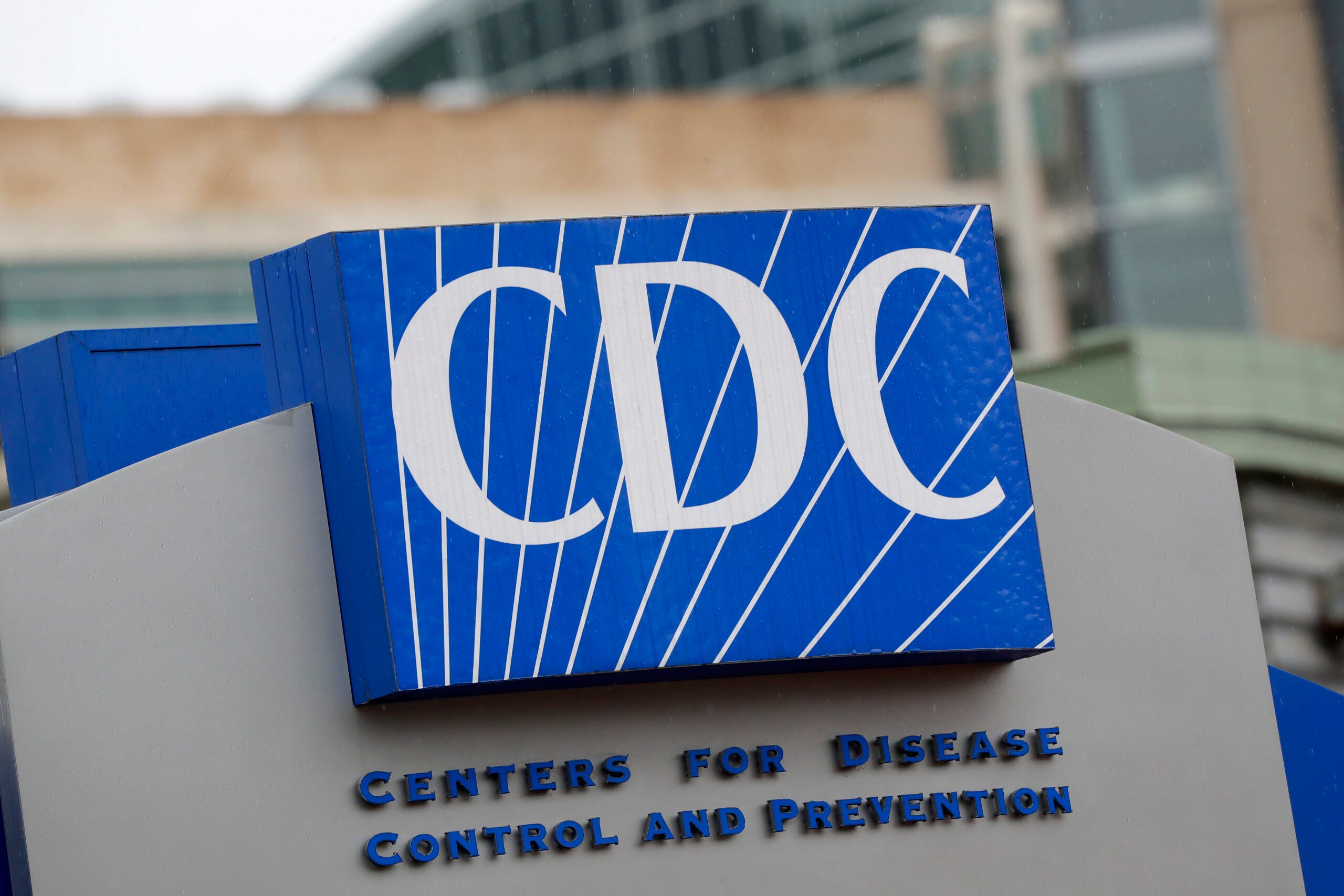Despite continued spread of the coronavirus, Wisconsin residents are traveling more than they were a month ago.
Cell phone mobility data shows Wisconsin residents started traveling more during the first week of May. And that movement continued to increase after the Wisconsin Supreme Court struck down the state’s ‘Safer at Home’ order on May 13, according to Oguzhan Alagoz, a University of Wisconsin-Madison engineering professor who specializes in modeling the spread of infectious diseases.
“We are still less mobile compared to pre-pandemic levels. So if you compare our current movement to the movement level before March 10, I would say we are maybe 20 percent down,” Alagoz said. “And we used to be down like 50 or 60 percent (in April).”
Stay informed on the latest news
Sign up for WPR’s email newsletter.
Alagoz said it’s too early to have reliable data on mobility for Memorial Day weekend.
But he said the increased mobility so far has not caused an equal increase in the number of COVID-19 cases, both in Wisconsin and in other states that have lifted their stay-at-home orders.
Alagoz said he thinks many people are still following health precautions like wearing a mask or frequent hand washing.
“If the majority was acting like the crowds in the bars that I have seen on TV or on the computer, then we would be in deep trouble and we are not,” Alagoz said. “This is why I would say people who are not following social distancing are not the majority. But I have no idea of knowing what (the percentage) is. Is it one-fourth of people are paying attention? Three-fourths? It’s hard to know.”
Amanda Simanek, epidemiologist at UW-Milwaukee, agreed it’s difficult to assess how many people are still following social distancing measures.
She worries that without the stay-at-home order’s guidelines for reopening, people don’t have clear guidance on what activities still carry risk of spreading the virus.
“It’s hard I think for the average person to understand that like yes, this order was reversed but that doesn’t necessarily mean that the circumstances have changed,” Simanek said.
People may be motivated to continue practicing social distancing to protect themselves or their community, Simanek said. She suggests keeping social interactions to a limited number of people.
“Since we are now pivoting to a reliance on testing and contact tracing as a means to control outbreaks, the extent to which social networks are kept small and consistent will also help these tools for outbreak control to be successful,” Simanek said.
She said people should also continue to follow health guidelines like keeping interactions outside, staying 6 feet apart and wearing masks when necessary.
Wisconsin Public Radio, © Copyright 2025, Board of Regents of the University of Wisconsin System and Wisconsin Educational Communications Board.





